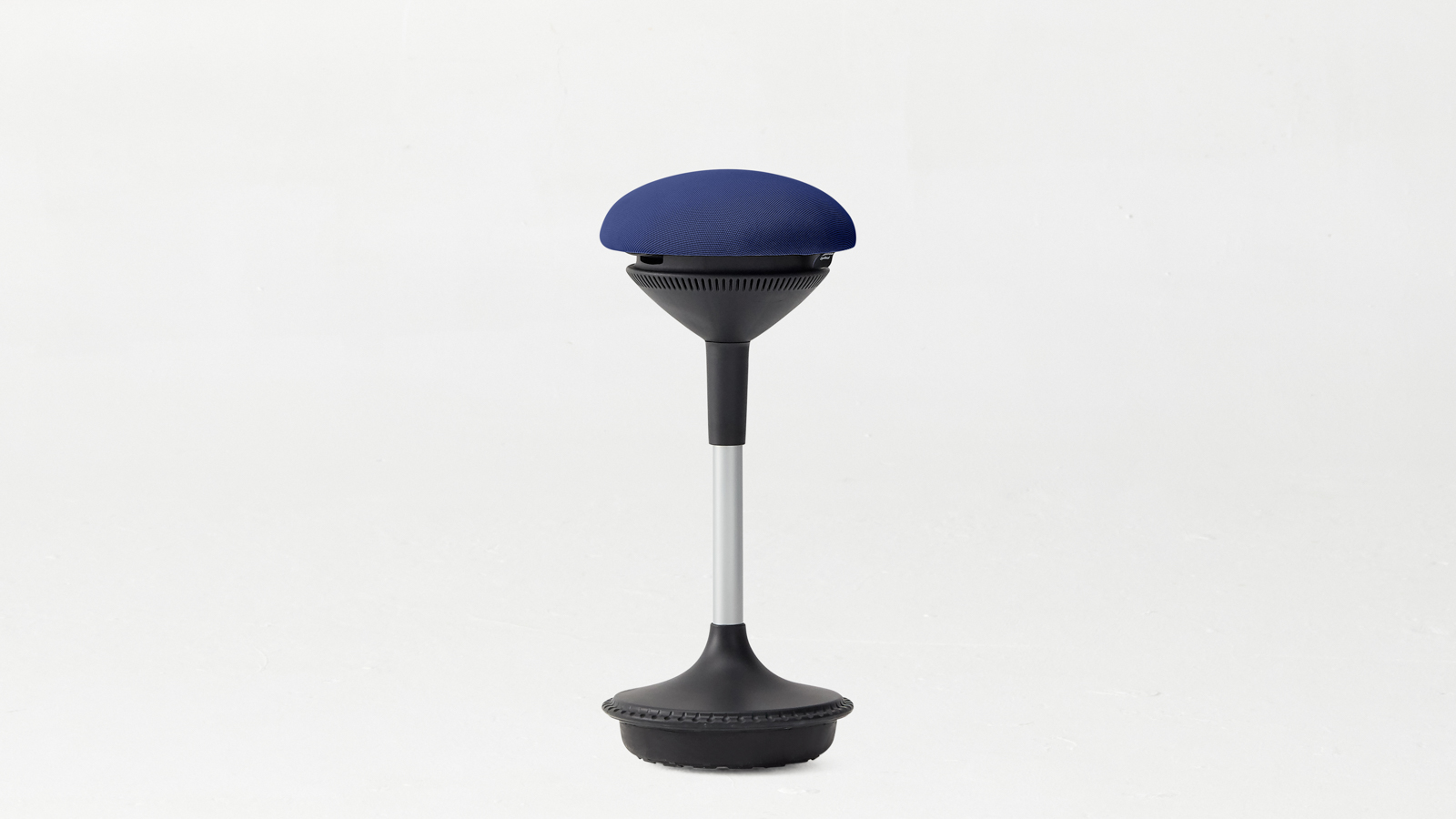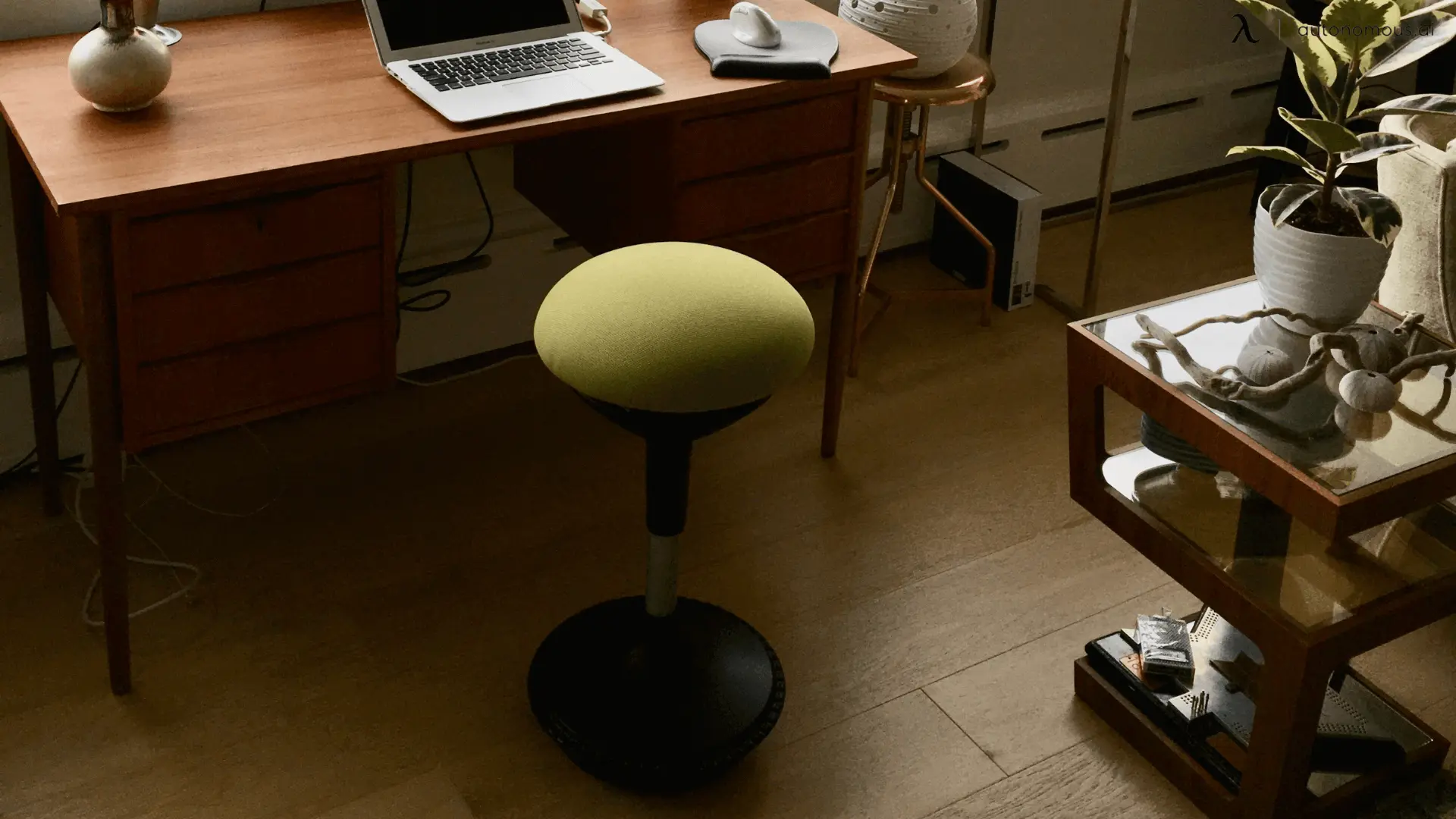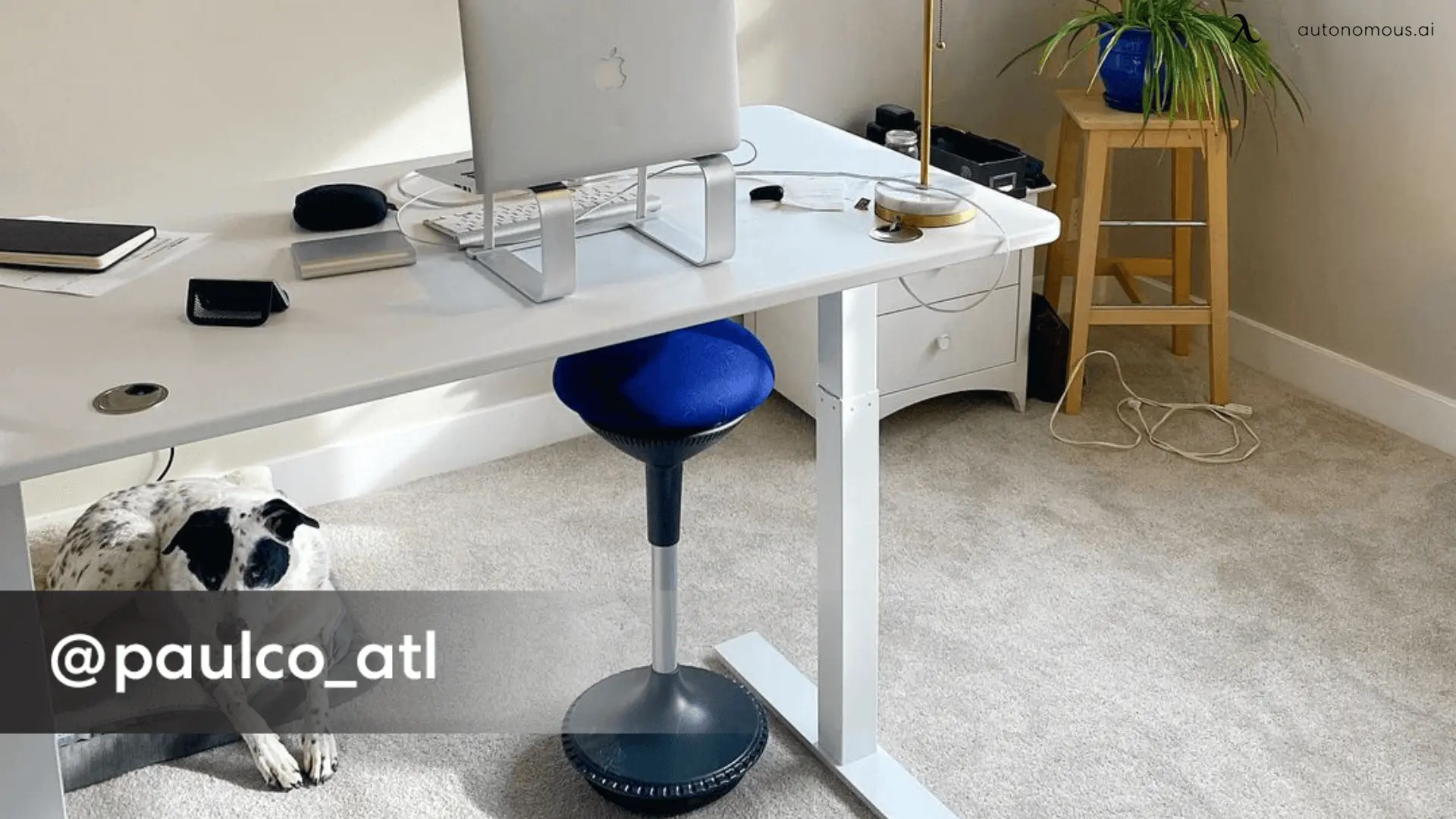
How the Pomodoro Technique can Help You Work from Home
Table of Contents
Working from home has its perks—no commute, flexible hours, and the comfort of your own space. But it also comes with hidden challenges: distractions, lack of structure, and the blurring of work-life boundaries. That’s where the Pomodoro Technique comes in. Simple but powerful, this time management method can bring clarity, structure, and focus to your remote work routine.
What Is the Pomodoro Technique?
The Pomodoro Technique is a productivity system developed by Francesco Cirillo in the late 1980s. The core idea is to break work into short, focused intervals—traditionally 25 minutes long—called Pomodoros, followed by short breaks. After four Pomodoros, you take a longer break.
Here’s how it works:
- Pick a task you want to work on.
- Set a timer for 25 minutes.
- Work on the task until the timer rings.
- Take a 5-minute break.
- After four Pomodoros, take a 15–30 minute break.
This cycle helps maintain sustained attention and combats mental fatigue, which is crucial in a home environment full of interruptions.

Why It Works So Well for Remote Workers
1. It Builds Structure Into Your Day
When you're not in an office, it’s easy to float through the day without clear boundaries. Pomodoro gives your workday rhythm and structure. The act of setting a timer creates a sense of urgency and accountability.
2. It Helps You Fight Distractions
At home, temptations are everywhere—laundry, social media, pets, or even your fridge. But committing to just 25 minutes of deep focus feels manageable. And once you’re “in the zone,” it becomes easier to keep going.
3. It Prevents Burnout
Working from home often leads people to overwork without realizing it. Pomodoro’s built-in breaks force you to pause, rest your brain, stretch your legs, and recharge—boosting both mental clarity and long-term productivity.
4. It Makes Large Tasks Feel Less Intimidating
Big projects can feel overwhelming, especially when you're tackling them solo. Breaking them into 25-minute chunks helps reduce procrastination and creates momentum. One Pomodoro at a time, you move forward.
5. It Creates a Clear End Point
When you’re home, work time can bleed into personal time. By counting Pomodoros instead of hours, you give your day a concrete “stop” signal, making it easier to log off guilt-free.

How to Use Pomodoro Effectively at Home
1. Find Your Ideal Time Length
Not everyone thrives on 25-minute intervals. Some remote workers prefer 45/10 or even 50/10 cycles. The key is to pick a time block that matches your attention span without pushing to the point of exhaustion.
2. Use the Right Tools
You don’t need anything fancy—just a timer will do. But if you want more functionality, apps like Focus Keeper, Time Doctor, TomatoTimer, or Pomofocus can track your sessions, offer reports, and even block distracting sites.
3. Set Clear Goals for Each Pomodoro
Before each session, define what you want to achieve. This keeps you focused and helps you feel a sense of accomplishment after every timer.
4. Batch Similar Tasks
Group similar activities—like replying to emails, editing documents, or attending meetings—into a single Pomodoro session. This avoids cognitive switching and helps maintain a steady pace.
5. Communicate Your Boundaries
If you share your home with family, roommates, or pets, let them know when you’re in a Pomodoro. A visible sign (like headphones or a desk light) can help signal “focus time.”
Incorporating a standing desk and a posture-correcting stool into your home office setup can significantly boost your productivity while using the Pomodoro Technique. These tools encourage movement, improve focus, and help you maintain good posture, all of which contribute to the effectiveness of your Pomodoro sessions.
Sitting for extended periods can lead to fatigue and discomfort, reducing focus during work sessions. A standing desk allows you to switch between sitting and standing, providing a more dynamic workspace that keeps your energy levels up throughout the day. Paired with an office stool, you can rest comfortably between Pomodoro intervals while avoiding stiffness.
Standing for part of your Pomodoro cycles encourages blood flow, keeping you mentally sharp for the next task. The added movement can also help combat the mental fog that comes with long hours of sitting, so you’ll feel more refreshed as you continue working through your Pomodoro sessions.
Real-Life Example: A Day with Pomodoro
Here’s how a typical day might look:
- 9:00–9:25 AM – Pomodoro 1: Write project brief
- 9:25–9:30 AM – Break: Stretch and refill coffee
- 9:30–9:55 AM – Pomodoro 2: Respond to emails
- 9:55–10:00 AM – Break: Quick breathing exercise
- 10:00–10:25 AM – Pomodoro 3: Design presentation slides
- 10:25–10:30 AM – Break: Walk around the room
- 10:30–10:55 AM – Pomodoro 4: Finalize slide content
- 10:55–11:30 AM – Long break: Go for a walk or eat a snack
Repeat this pattern in the afternoon with new tasks and your work-from-home day gains flow, focus, and freedom.
FAQs
What is the ideal Pomodoro session length?
The traditional length is 25 minutes of focused work followed by a 5-minute break. However, some people find 50/10 or even 90/15 works better for them. The key is to experiment and find what matches your attention span.
Can I use the Pomodoro Technique for creative tasks?
Yes. Pomodoro is great for creative work like writing, designing, or coding. It helps you ease into flow state and prevents mental fatigue by encouraging breaks at the right time.
What should I do during breaks?
Step away from your screen. Stretch, take a short walk, hydrate, or do a quick chore. You can also try some light balance board exercises or standing desk exercises to keep your body active and mind refreshed.
If you're sitting, chair exercises for men or chair exercises for stomach can be a great way to stay energized. Just avoid diving into social media or other mentally draining tasks—it defeats the purpose of a true break.
Do I need a special app to use the Pomodoro Technique?
No. A basic timer or even your phone’s clock app will work. But productivity apps like Pomofocus, Focus To-Do, or Forest can add tracking, reports, and motivation.
What if I get interrupted during a Pomodoro?
Try to avoid disruptions by setting boundaries ahead of time. If you’re interrupted, either pause the Pomodoro or consider restarting it depending on how much focus you lost.
How many Pomodoros should I do in a day?
It depends on your workload and energy levels. Many remote workers aim for 8–12 Pomodoros per day, with proper breaks in between. Start small and scale up gradually.
Can I use Pomodoro with meetings or team tasks?
Absolutely. You can use a Pomodoro to prepare for a meeting or to process notes afterward. For team work, try syncing Pomodoros with a colleague as a form of shared focus time.
Final Thoughts
Remote work doesn’t have to mean scattered thoughts and endless distractions. With the Pomodoro Technique, you build in natural rhythms that support your productivity, focus, and well-being. It’s not about working harder—it’s about working smarter. And in the quiet space of your home office, a simple timer might just be the most powerful tool you didn’t know you needed.
.svg)

.webp)











